The Montessori Method
What is the Montessori Method?
The Montessori Method is a style of teaching founded by Dr. Maria Montessori of Italy over a century ago. It puts emphasis on learning being playful and multi-dimensional. It’s not just learning through hearing and seeing like in a traditional classroom. It is learning through every sense! Seeing, hearing, touching, and sometimes even tasting and smelling. The goal is to lay their students’ educational foundation through cultivating independence and a long lasting love for learning.
The Montessori Method is play-based through the use of specially designed materials created to guide children's learning through exploration and critical thinking. The role of the Montessori teacher is primarily to observe your child and then to provide the next level of materials your child needs to move forward as a learner. Montessori kids move at their own pace, design their own curriculum based on their interests, and develop a deep understanding of what they learn.
What does a Montessori classroom look like?
Beautiful, inviting, and thoughtfully arranged, the room embodies each element of Maria Montessori’s revolutionary approach.
When you stop in during the school day, you will see a clean and inviting space with lots of different child-size toys and furniture. You will see children of various ages working in the same classroom. Every child will be engaged in their own individual activities, or you may see a few in pairs here or there. Children will be working at tables, sprawled out on the floor working with larger materials, or standing up at an easel, however they like to be. Teachers will act as an observer and gentle guide as they move through the room, meeting with each student one-on-one to discuss their learning.
Uninterrupted blocks of work time (typically 2+ hours in length) allow children to work at their own pace and fully immerse themselves in an activity without interruption. Your child’s work cycle involves selecting an activity, performing it for as long it remains interesting, cleaning up the activity and retuning it to the shelf, and making another work choice. This cycle respects individual variations in the learning process, facilitates the development of coordination, concentration, independence, and a sense of order, while facilitating your child’s assimilation of information.
What does Montessori work look like?
Montessori materials are designed to be easy for children to use, so the furniture is child-sized, the counters are low, and all the materials are on shelves the children can reach. You may see children using tweezers to move seeds from one container to another, children working on polishing shoes, or kids working with homemade playdough. You may also see children working with hands-on multiplication and division materials, using specially designed blocks to develop spatial skills, or reading books on their own.
Specially designed learning materials are displayed on open shelves, easily accessible to the children. Classrooms also include low sinks accessible to the children, child-sized furniture, cozy spaces for quiet reading, reachable shelves with work available for free choice, and child-sized kitchen utensils so the students can eat, prepare, and clean up their snack on their own. Teachers gently guide students to help maintain the organization and cleanliness of this environment to keep it orderly and attractive, and to help your child understand how to care for materials and clean up after themselves—skills you will be happy to observe carrying over in your home.





